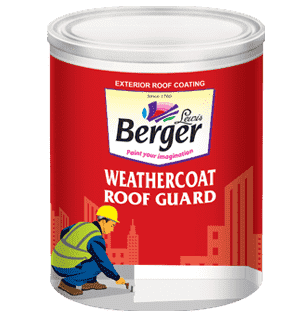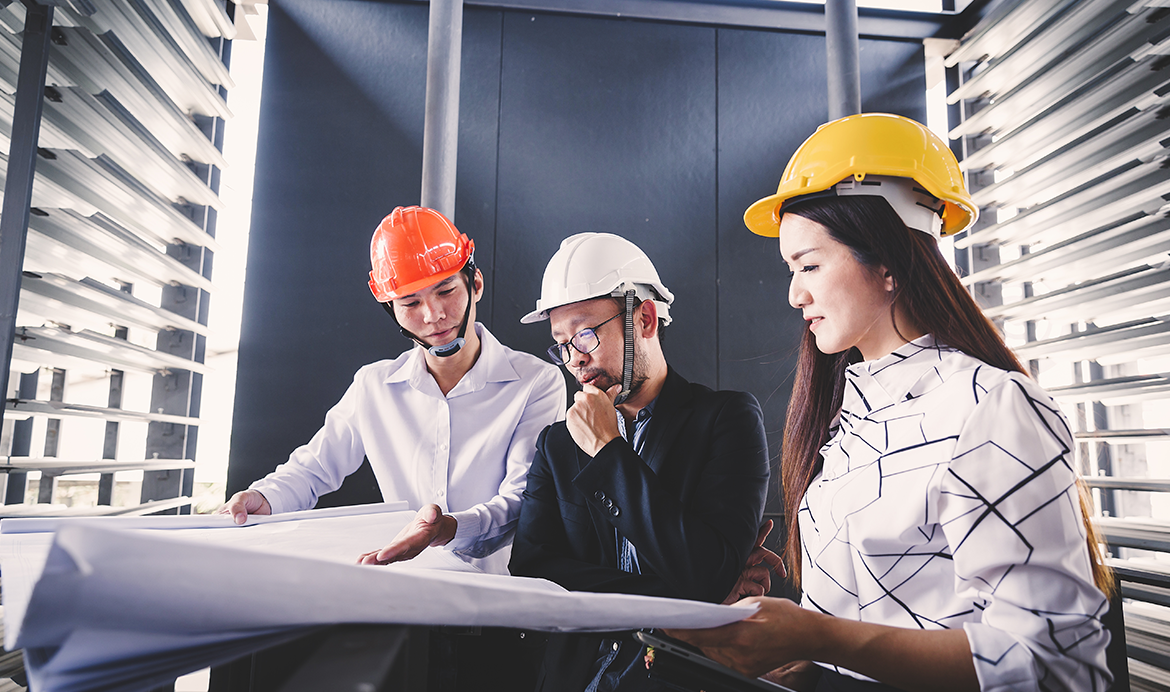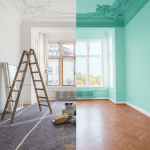It is not just the structure, construction or visual impact of a building but also the value of certain materials that form the essence of the building architecture. The building material affects the vision of a structure since it plays a big part in the final appearance of the project. Architects play a key role here in determining the quality-quantity relationship of the building material used. This helps in having the architect’s detailed-driven mindset that plays a big part in the creative process of the construction work. This involvement has also encouraged innovation in the field.
Building materials have always been an important part of architectural ecosystem. Not only do they decide the endurance and visual aspects of design, but also enhance the aesthetic quality of the building. They have revolutionised the field of architecture including some of the most iconic structures all over the world. From age-old materials such as clay, filaments, wood or concrete to new structural platforms in carbon and glass-fibres, even designs driven by technology to create complex, resilient and multi-functional geometric forms, it is important to understand the characteristics of both, the new and old and combine it in a way that brings together the best of both worlds.
Words of William Morris about architecture in the 19th century still hold true to this date, he said,
“Now the subject of Material is clearly the foundation of architecture, and perhaps one would not go very far wrong if one defined architecture as the art of building suitably with suitable material. There are certainly many other things which are considered architectural, and yet not nearly so intimately and essentially a part of architecture, as a consideration of material.”
For architects, there is no greater frustration than finding out at the end of the construction process that the quality of the materials used is inferior or the way in which the materials were used compromises the overall architecture. So it makes sense for architects to become involved in the construction process, giving them more control over the finished work. This also gives architects an opportunity to experiment with materials and tools to make beautiful spaces for others to enjoy.
It is important for architects to be aware of the variety of products and materials available in the market right from the start. Using this information, architects can suggest the best possible solutions and be involved at every step and stage and establish a close harmony with everyone involved in the project, including other architects, construction workers and clients. Once the initial designs have been drafted and finalised, the architect starts working on choosing the products and brands that will make his/her work come to life. While architects would gravitate more towards the highest standards and quality of products, budgets play a key determiner and is likely to be decided by the client, not the architect. So the architect is likely to go for products that provide both value and cost-effectiveness.
As product manufacturers, it is important to give all technical specifications of manufacturing and construction products. Technical information about the product and its behaviour post and pre-application allows architects to enhance its use and achieve the best possible results. For example, knowing that the waterproofing products are available in two different composures and materials, both designed for specific usage, interiors and exteriors will allow architects to use them in the right environment, optimising the value and life of the product.
New technologies, sometimes developed for other fields have the potential for crossing over and creating a big impact in the building and construction industry. These new materials could change the way we build things, their impact, lifespan and overall appearance.
As high-rise buildings and skyscrapers become more common due to space constraints in cities, self-cleaning claddings and finish can improve the challenging maintenance, providing protection from dirt and smog. Self-cleaning technology is not only useful to maintain large structures but small buildings or complexes can also benefit. This also earns major sustainability points when it comes to water saving and elimination of cleaning substances that can have a negative impact on the environment.
House owners these days are complaining about rapid heating of their homes. Due to global warming and rapid climate change, temperatures are predicted to warm up across the world and in India, most of the cities have already faced their record temperatures in the last decade. In times like these, it remains important to harness our architectural acumen and incorporate it into our designs to ensure they are sustainable and able to withstand the warming up of overall temperature.

Berger Paints Roofguard features a special acrylic polymer and reinforcing fibres that form a brilliant white coloured, durable and seamless waterproofing coating over the applied surface. Additionally, it acts as a natural coolant due to its good SRI property. It is also non-toxic in nature with low VOCs, a better choice for both you and the environment. All one has to do is apply a coating of Roofguard either on the roof slabs, terraces or parapets, making it an ideal natural cooling solution for homes and offices. #GharKoRakhoCool
To conclude, by participating in the building process, architects are able to understand the innate connection between architecture and its imminent construction, materials and techniques. The architect knows and understands every detail in a project that helps minimises errors and foresee possible issues ensuring the construction runs smooth, saving both time and money. However, today, architects affect less than 5 per cent of building development that occurs globally. The role of architects in building is diminishing and as a result, architects are now expanding into areas like history, art and theory. Architects need to take the initiative of being involved in construction, which helps them gain a better understanding of the holistic meaning of their practice. With experimentation and involvement, architects might be able to expand the possibilities of architecture by rethinking material usage and construction capabilities.


 Get in Touch
Get in Touch
